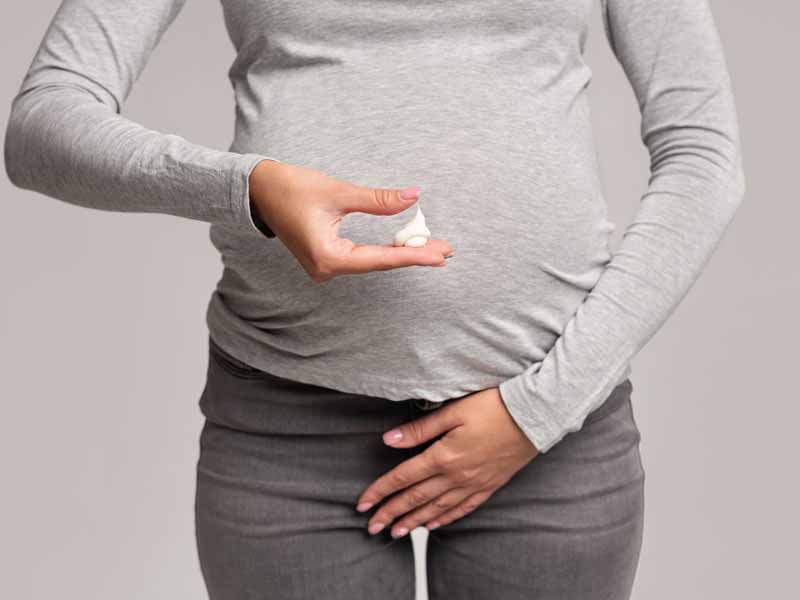USPSTF Final Recommendation
Don't Routinely Screen for Bacterial Vaginosis in Pregnancy
April 15, 2020 03:18 pm News Staff – According to the CDC, about 10% of all live births in the United States occur preterm. Although preterm birth rates decreased from 2007 to 2014, the most recent data available show a reversal of that decline, with rates rising each year between 2015 and 2018.

One risk factor for preterm birth is bacterial vaginosis, the most common vaginal condition in women ages 15-44. In addition, BV during pregnancy has been associated with early miscarriage, low birth weight and postpartum endometritis.
On April 7, the U.S. Preventive Services Task Force published a final recommendation statement and final evidence summary on screening for BV in pregnant people to prevent preterm delivery.
Based on its review of the evidence, the task force recommended against screening for BV in pregnant individuals who are not at increased risk for preterm delivery. This is a "D" recommendation.
The USPSTF also concluded that the current evidence is insufficient to assess the balance of benefits and harms of screening for BV in pregnant people who are at increased risk for preterm delivery -- an "I" recommendation.
"We do not recommend BV screening in pregnant people who are not at increased risk for delivering their babies early because the evidence shows it does not prevent preterm delivery," said task force member and family physician Chien-Wen Tseng, M.D., M.P.H., M.S.E.E., in a news release.
"The evidence is not clear about whether screening for BV prevents preterm delivery in pregnant people at increased risk for delivering their babies too early," added USPSTF member Melissa Simon, M.D., M.P.H. "Preterm delivery can cause serious problems for newborns and their families, so more research is needed in this population."
STORY HIGHLIGHTS
Update of Previous Recommendation
The current final recommendation statement essentially mirrors the task force's 2008 recommendation statement on the topic. The AAFP supported the task force's recommendation at that time.
To update the previous recommendation, the USPSTF conducted a systematic review that addressed the accuracy of screening tests, the benefits of early detection and treatment, and the harms of screening and treatment during pregnancy.
The task force found no evidence that screening test accuracy would differ between pregnant and nonpregnant populations, and the evidence regarding treatment outcomes in women with a history of preterm delivery was inconsistent. Maternal adverse events linked to BV treatment with metronidazole or clindamycin were infrequent and relatively minor, and no evidence of harm to children from in utero exposure to medication was seen.
It should be noted that the current recommendation applies solely to asymptomatic pregnant people. The USPSTF stated in its news release that pregnant individuals who do show signs or symptoms of BV, such as vaginal discharge or abnormal odor, should consult with their physician.
Response to Public Comment
The new final recommendation statement is consistent with the task force's draft recommendation statement, which was posted for comment on the USPSTF website from Oct. 8 to Nov. 4, 2019.
In response to public comments, the task force added language clarifying that the current recommendation statement applies to screening for asymptomatic BV. The recommendation statement does not address treatment of symptomatic BV, which is outlined in other guidance, including 2015 guidelines published by the CDC.
The USPSTF stated that additional studies are needed to evaluate screening for and treatment of asymptomatic BV in pregnant people at increased risk for preterm delivery. If such studies find a reduction in preterm delivery, further research will be needed to better identify those at increased risk for preterm delivery.
Up Next
The AAFP's Commission on Health of the Public and Science plans to review the USPSTF's final recommendation statement and evidence summary and will then determine the Academy's stance on the recommendation.